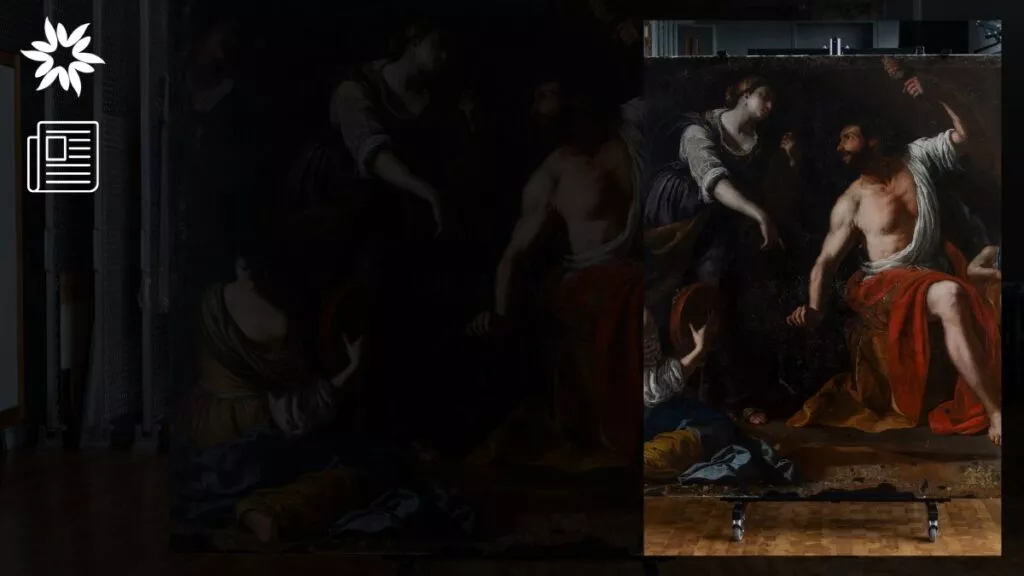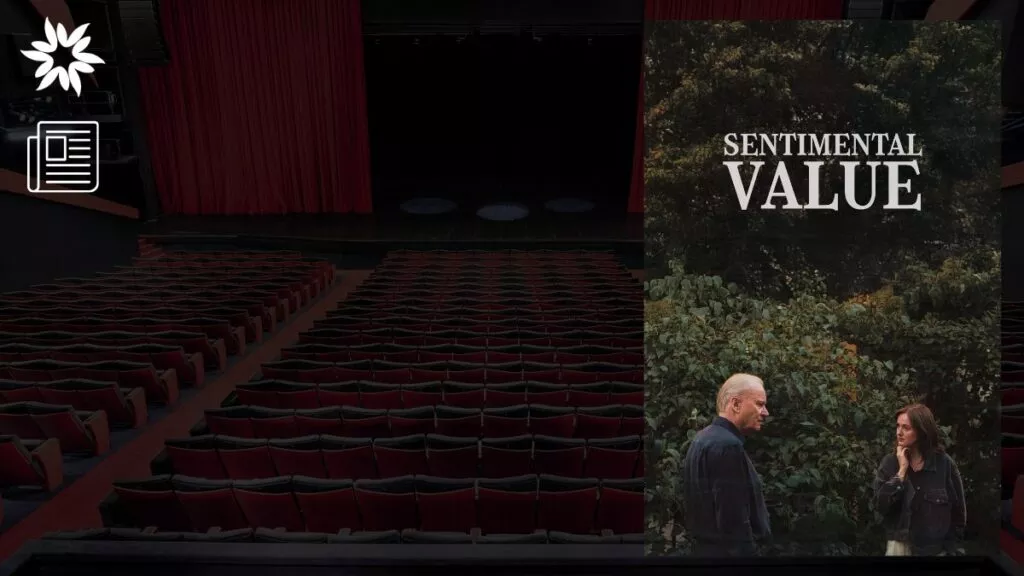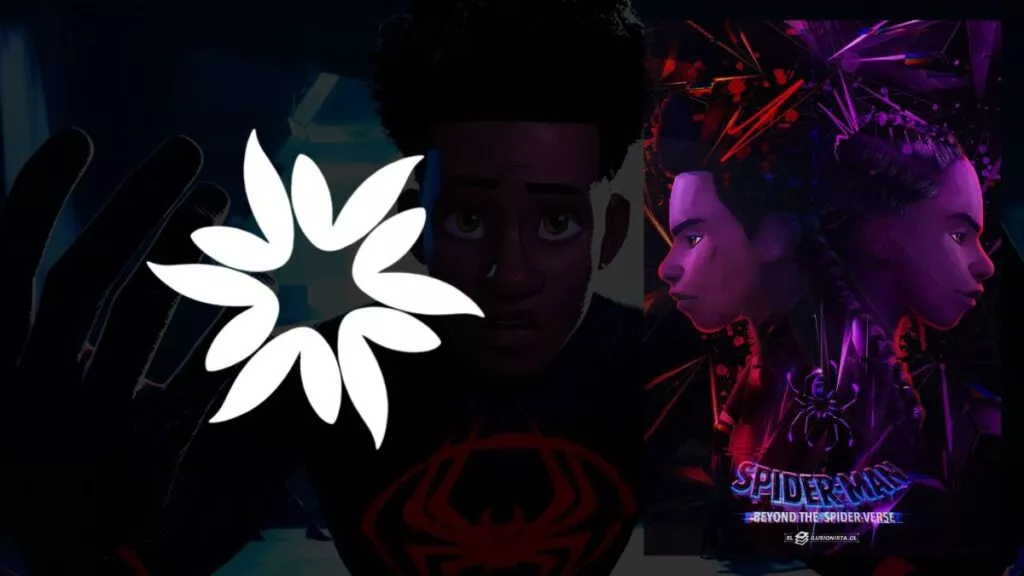Art has always been a powerful way for people to express themselves and connect with the world. But what if you can’t see the art?
Imagine seeing a painting not with your eyes but through a conversation. That’s what Be My AI, powered by ChatGPT-4, is doing for blind people.
Key Takeaways
- Be My AI, powered by ChatGPT-4, gives blind users quick and detailed descriptions of images, making it easier to connect with visual art.
- This technology does more than describe art—it also talks about how sight works, showing how AI and human perception are alike and different.
- While AI is powerful, some artists still prefer human interaction for inspiration, valuing real conversations over AI-generated descriptions.
How Be My AI and ChatGPT-4 Are Transforming Art Accessibility
Be My AI, a tool developed by Be My Eyes and OpenAI, is making big changes in helping blind and visually impaired people connect with visual art.
Interestingly, this app uses ChatGPT-4’s vision model to provide almost instant, detailed descriptions of images. Essentially, it allows users to chat about those images in depth.
For blind artists, like those who first used Be My AI when it was still being tested, this technology has made a massive difference in how they experience and understand art.
When the artist first used Be My AI, they explored John Dugdale’s work Spectacle (2000), described in Georgina Kleege’s book More Than Meets the Eye: What Blindness Brings to Art.
Although the AI provided a detailed description, it made some mistakes. For example, it mentioned that Dugdale was wearing three pairs of glasses when he was actually wearing two, and it called the photo black-and-white when it was really a cyanotype, a blue-tinted photo.
When these mistakes were pointed out, the AI quickly corrected itself and even gave extra information about the cyanotype process, which showed how it could provide more than a basic description.
How AI Helps Us Understand Art and Perception
As Be My AI improved, the artist shared it with other blind friends, including Bojana Coklyat, who works at the Whitney Museum.
And this led to interesting conversations, like one about Harold Cohen’s AI, AARON, which started making art in the 1970s.
When asked to describe Cohen’s 1972 work Mazes, Be My AI gave a basic description without realizing that the piece was AI-generated.
After learning this, the AI expressed its fascination, showing how it can engage in deeper discussions about the evolution of AI in art.
Further chats with Be My AI explored the differences between AARON and modern tools like DALL-E.
The AI explained that while today’s tools make images based on user prompts, AARON followed a set of rules to create art.
Incredibly, this led to a thought-provoking discussion about what it means for AI to see compared to how humans see, highlighting the similarities and differences between how AI and people perceive the world.
In many ways, these conversations show how technology can challenge our understanding of human senses and perception.
The Human Touch in Art and Technology
Despite all the fantastic things Be My AI can do, some artists, like John Dugdale, hesitate to rely on AI for their creative process.
Dugdale, who lost his eyesight due to an AIDS-related stroke, moved from commercial photography to creating cyanotypes.
While he appreciates the detail AI can provide, he still values his human connection with his assistants. For him, making art is about the ideas and conversations he shares with others—something that AI, no matter how advanced, can’t replace.
For Dugdale, the creative process often starts with a title, which he records on a Dictaphone.
And these titles spark the images he later creates in his studio, which he compares to synesthesia, where hearing words brings full-blown images to mind.
Ultimately, this shows that while AI can help describe and talk about art, the true beginning of artistic ideas often comes from personal experiences and human interaction.
AI’s Role in Art and Sensory Experience
Understanding art heavily depends on the connection between words and images, especially for those who can’t see it.
Tools like Be My AI allow blind people to connect with art in new ways, turning visual experiences into detailed and accessible descriptions that resonate emotionally.
Significantly, these descriptions do more than tell what an image looks like—they help create a vivid picture in the mind, much like how readers imagine scenes when they read a book.
Dugdale’s work is an excellent example of this, as it shows how sight is not just about the eyes but also about what happens in the mind and heart.
Remarkably, AI has opened up new ways to explore how we see and understand art. In doing so, technology is combined with human perception in once unimaginable ways.
The Future of Art and AI
As AI keeps improving, it’s likely to make considerable strides in the art world, offering new tools for artists and fresh ways for people to experience art.
But the human touch—the conversations, connections, and creative sparks from working together—remains irreplaceable.
Be My AI and ChatGPT-4 show that while technology can enhance how we interact with art, the essence of art is deeply tied to the human experience.
Thanks to these innovations, blind artists and art lovers now have better access to visual culture, which bridges the gap between sight and imagination and opens up new possibilities.
That being said, the conversation between AI and human creativity is just beginning, and it’s set to be a rich and exciting journey.








